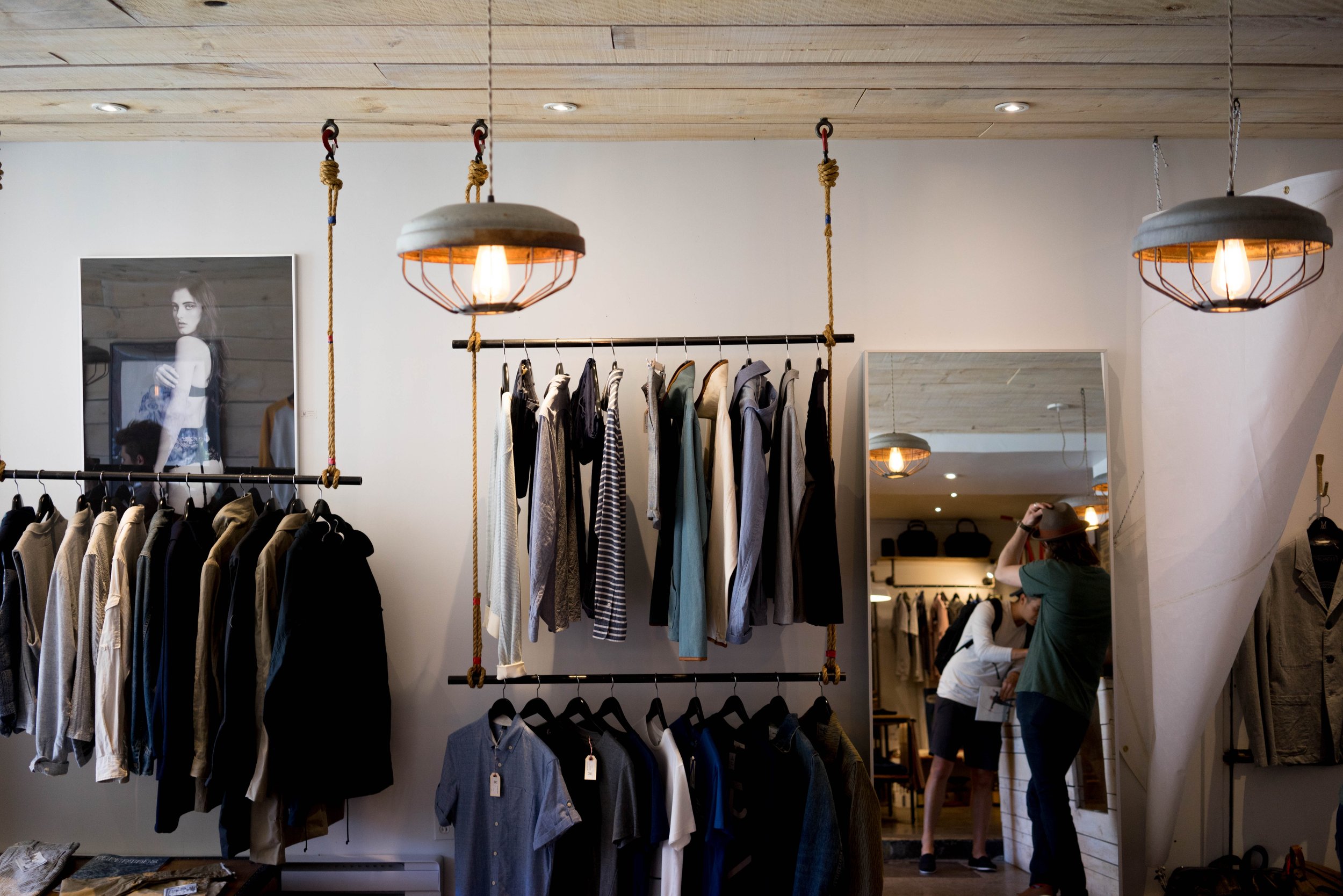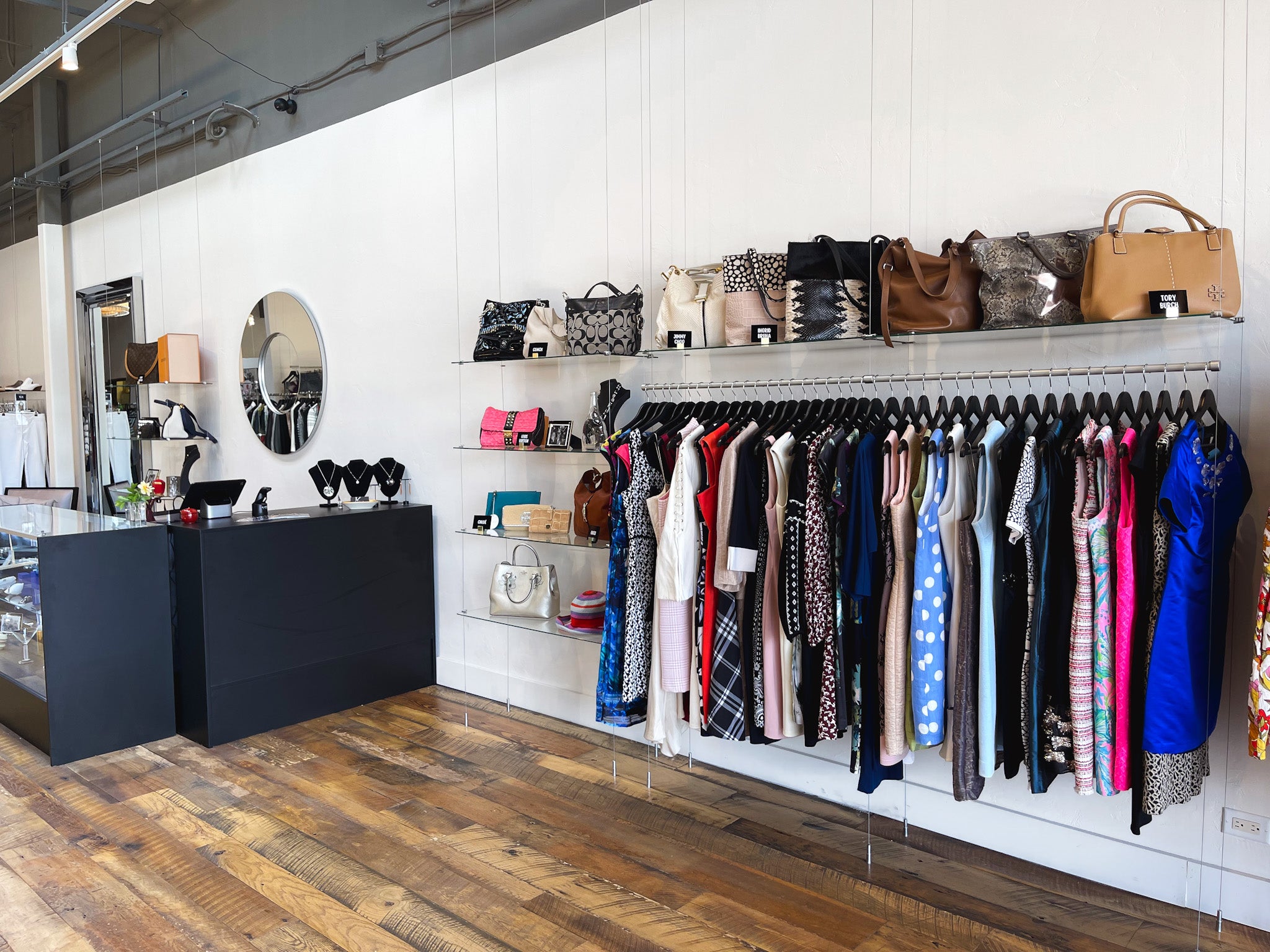Discovering the World of Lasting Boutique Fashion Brands
Discovering the World of Lasting Boutique Fashion Brands
Blog Article
A Deep Dive Into the World of High-Fashion Runways: Recognizing Clothing as Art
Developers, a lot like masterful artists, weave elaborate narratives with fabric, form, and color, redefining and testing standard norms appeal requirements. As we explore these sartorial spectacles, we must ponder: what duty does fashion play in shaping social values, and just how does it reflect the ever-changing tapestry of human emotion and identity?
The Development of Runway Reveals
The trajectory of runway shows has transformed dramatically over the years, evolving from exclusive sector occasions to fascinating eyeglasses that blend fashion with art. Commonly, path programs made love events, kept in ateliers or tiny venues, mainly participated in by buyers and sector insiders. These early presentations concentrated on the garments' workmanship and business viability, supplying a direct and sensible display of seasonal collections.
As the garment industry expanded, the nature of path programs started to change. The 1970s and 1980s noted a turning factor, with developers seeking to differentiate themselves through even more staged presentations. This period saw the rise of intricate sets, choreographed versions, and thematic narratives, declaring a brand-new age where the path ended up being an experiential system. The shows changed right into a kind of storytelling, where each collection communicated a distinctive narrative or concept.
In the last few years, innovation and social media sites have actually additionally changed runway programs, making them accessible to a global target market. Livestreaming and digital systems have democratized fashion, enabling lovers worldwide to witness these occasions in real-time (boutique fashion). This advancement shows a more comprehensive cultural shift, where high-fashion runways serve as a vibrant crossway of development, efficiency, and style
Designers as Enthusiast Artists
Exactly how have designers transcended their duties to end up being visionary artists? Designers in the high-fashion industry have actually blurred the lines in between functional garment development and the conceptual world of art. This improvement is obvious in the method they approach their collections, not merely as apparel yet as profound expressions of emotion, society, and identity. By accepting imaginative techniques such as sculpture, paint, and progressive installments, designers craft garments that challenge standard style norms and boost them to art types.
Visionary designers attract ideas from a myriad of resources, including abstract art, historic references, and individual narratives. They possess an one-of-a-kind ability to envision and materialize ideas that press the borders of traditional fashion, commonly redefining aesthetic standards while doing so. This creative resourcefulness is showcased with significant shapes, cutting-edge products, and complex craftsmanship, which invite audiences to experience style as even more than simply wearable products.
Moreover, the runway works as a canvas for these artists, where lights, music, and set style coalesce to produce immersive experiences. These discussions are not simply displays of garments yet are managed performances that stimulate emotion and provoke thought, verifying the designer's function as a true artist in the modern social landscape.
Cultural Impacts in vogue
Cultural tapestry weaves its elaborate patterns right into the material of fashion, affecting designers internationally. The vibrant interchange of cultural stories, practices, and icons informs and inspires collections that grace high-fashion paths. Developers thoroughly draw from their heritage or engage with cultures unique from their own, crafting garments that function as visual stories. This cultural dialogue not just enhances the aesthetic variety however additionally promotes a much deeper understanding and admiration of global identities.
The impact of society on fashion is commonly seen in the reinterpretation of conventional garments and patterns. The use of Japanese kimonos, Indian saris, or African prints in modern style reflects a blend of social credibility and modern aesthetic appeals. Developers such as Valentino's Pierpaolo Piccioli and Alexander McQueen's Sarah Burton have actually been known to integrate abundant cultural themes right into their couture collections, translating history into wearable art.

Development in Fabric and Design
Advancement in textile and style constantly reshapes the landscape of high-fashion, pressing boundaries and redefining opportunities. Designers are progressively exploring the combination this website of innovation, such as 3D printing, which permits for the creation of complicated frameworks that were previously unthinkable.
In addition, sustainability has come to be a critical motif in textile development. The fashion business is observing a rise in making use of environmentally friendly materials, obtained from recycled plastics, organic fibers, and even naturally degradable parts. These technologies not only provide brand-new appearances and aesthetics but likewise address vital environmental issues. Developers are welcoming these products to craft garments that are both aesthetically striking and mindful of their eco-friendly impact.
In terms of design, progressive silhouettes and speculative types are constantly transforming the runway. By incorporating unusual products and innovative methods, designers cultivate garments that blur the line between fashion and art, setting brand-new requirements for imagination and expression in the high-fashion sphere.
Effect of Fashion on Society
Style wields an extensive influence on culture, serving as both a representation of social identity and a driver for social modification (boutique fashion). Via its advancement, style has mirrored societal shifts, enveloping the zeitgeist of various ages.
Furthermore, fashion has the power to bridge cultural voids, promoting understanding and recognition among diverse groups. As globalisation accelerates, the cross-cultural exchange of fashion ideas ends up being progressively considerable, advertising inclusivity and diversity. The increase of streetwear, originating from city subcultures, highlights how style can transcend socio-economic boundaries, granting people a way of self-expression and empowerment.
Fundamentally, style is not simply about appearances; it is a dynamic pressure that affects values, attitudes, have a peek at these guys and societal progress (boutique fashion). By continually communicating with social and social currents, fashion stays an integral part of the cumulative human experience

Final Thought
Developers, similar to visionary musicians, coordinate collections that reflect identity, feeling, and social stories, challenging typical looks. This intersection of style and artistry not only mesmerizes target markets worldwide yet additionally affects societal assumptions and promotes a deeper appreciation for cultural diversity.

Cultural tapestry weaves its detailed patterns into the fabric of style, influencing developers internationally.Fashion possesses an extensive influence on culture, offering as both a reflection of cultural identification and a driver for social modification.
Report this page